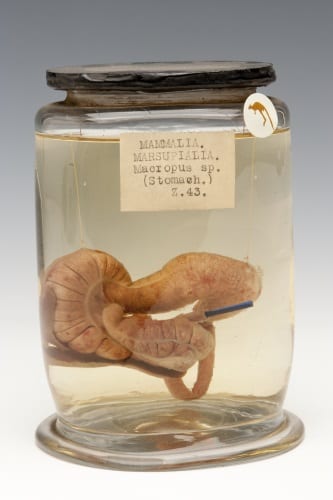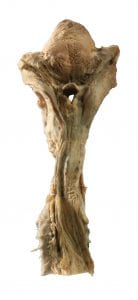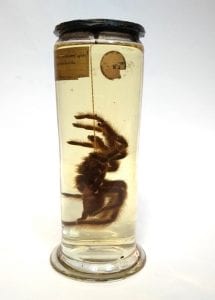Object of the Week 365: A Model Boat
By Anna E Garnett, on 2 November 2018
Over the last year, Olivia Foster (MA student in the Institute of Archaeology, UCL) worked as a valued member of the Petrie Museum team as collections volunteer. During this time, Olivia has undertaken a range of work on collections care, documentation and object loans, and in this blog she discusses one of her favourite objects in the Petrie Museum collection.
This small and unassuming model boat in the Petrie Museum collection (UC10805) was recovered from a tomb in Abadiyeh during Flinders Petrie’s excavations in the late 1890s. The decorated pottery object has been dated to the Naqada I period and the original function of the item is unclear.
Objects such as this are important when it comes to understanding Predynastic Egypt, as they represent technology that has not survived in the archaeological record. Despite the important economic and symbolic role that boats are thought to have played in the Predynastic, no complete vessels have been found and archaeologists must instead rely on the art of the period to learn about their construction, size and function. This object and others like it also played a pivotal role in the heated debates between Petrie and his contemporaries as they discussed what exactly was being depicted in the decorated pottery of the era.
 Close
Close











